Household Bleach Inactivates Chronic Wasting Disease Prions
If you follow along with me on my Instagram or Twitter, you may have seen me encouraging hunters to get their deer, elk, and moose tested for CWD by taking it to a Game & Fish Department District Office, a deer head collection site, or by using a sampling kit.
In similar fashion, it was important for me to share the correct information on how we can safely clean the knives and saws used for field processing and butchering that may have been exposed to Chronic Wasting Disease. Here I will share with our hunting community the best strategy that appears feasible for decontaminating hunting and meat processing equipment. I personally used this process to clean my knives and saw from my recent harvest of whitetail and mule deer in North Dakota, Montana, and Texas.
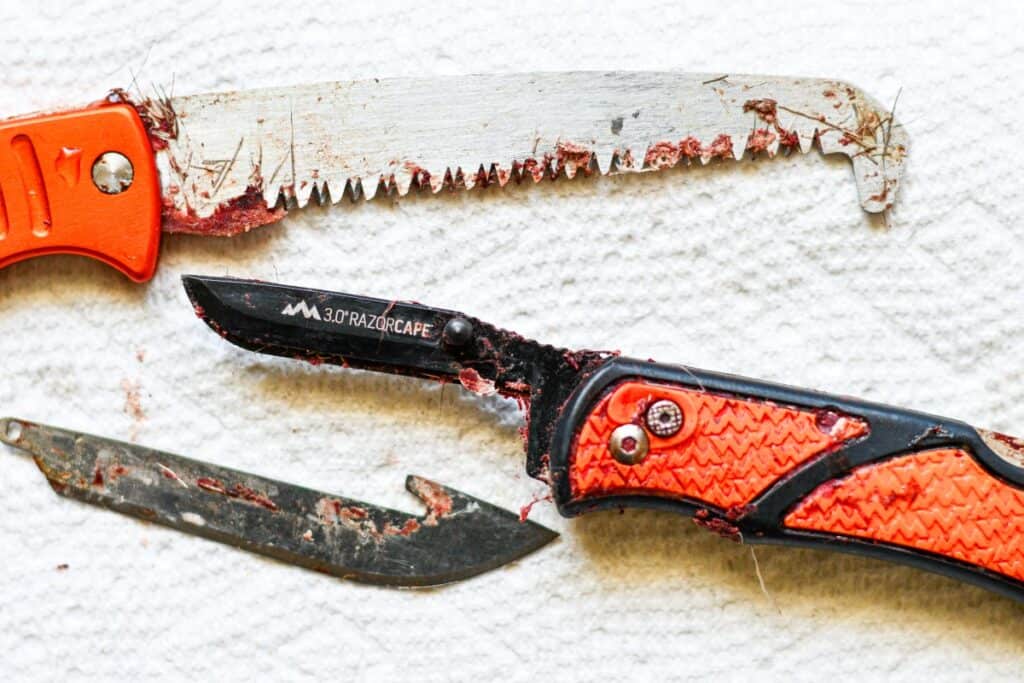
Scientifically Proven Way to Clean Knives and Saws with CWD
It's important to realize there are lots of different ideas on how to clean hunting knives to inactivate CWD available out there on the internet. I found multiple websites that recommended everything from 1 hour bleach soaks to using pressure cookers. Rest assured, the information I am connecting you with I confirmed from both the National Institute of Health and from Mason Ryckman, a Wildlife Health Biologist from the North Dakota Game and Fish Department.
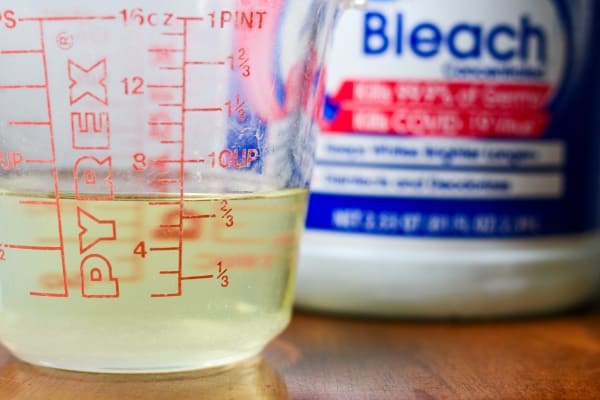
Mason confirmed what the NIH, part of the U.S. Department of Health and Human Services, tells us. Moreover, a study done by National Institute of Health scientists show that a 5-minute soak in a 40% solution of household bleach decontaminated stainless steel wires coated with chronic wasting disease (CWD) prions. The scientists used the wires to model knives and saws that hunters and meat processors use when handling deer, elk, and moose – all of which are susceptible to CWD. These findings are available to read here on the open-access journal PLOS One.
Simple Way to Clean Hunting Knives and Saws at Home
First of all, when I got home from deer hunting, I put on a pair of latex gloves. Then, I used a moist paper towel to clean as much tissue and hair as I could from my Outdoor Edge RazorCape and Outdoor Edge Flip N Zip Saw that I used for field dressing my deer.
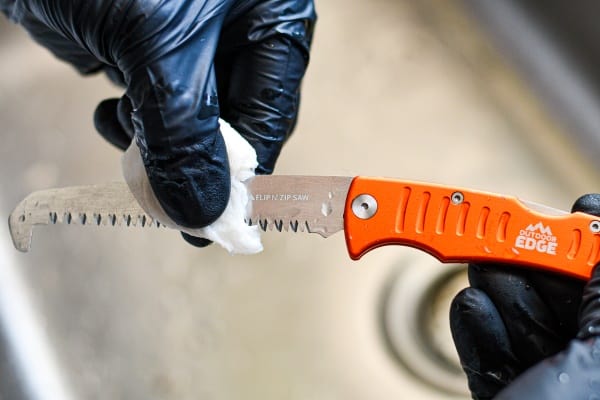
Help Protect Your Family in Just 5 Minutes
I used the recommended 40% bleach solution mixture by combining ¾ cup household bleach with 1 ¼ cup water in a 9 x 13 baking dish and placing the knife and saw in the bleach solution to soak for 5 minutes. Did I set a timer and only soak it for 5 minutes? Nope! The timer on my phone went off and I went ahead and soaked it for a total of 15 minutes while I was putting away the rest of my hunting gear so my wife and daughter didn't stumble over it in the entryway when they got home.
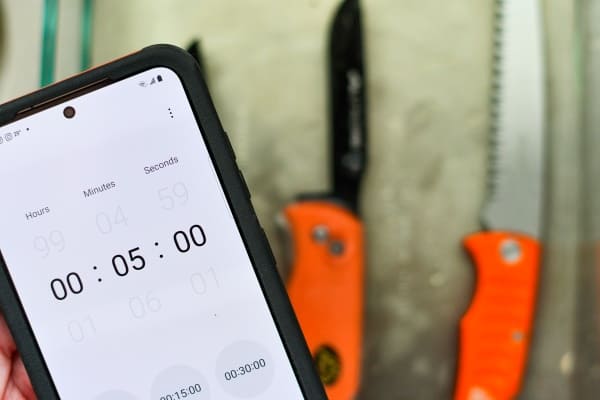
What is Chronic Wasting Disease?
Chronic wasting disease (CWD) is an emerging prion disease that causes a fatal wasting syndrome in deer, elk, and moose. Additionally, scientists have found CWD in 26 U.S. states, three Canadian provinces, South Korea, Norway, and Finland. As a result, the range and prevalence of CWD increases, hence increasing the potential exposure for those who hunt and eat deer, elk, and moose to Chronic Wasting Disease prions.
Given the recent zoonotic transmission of bovine spongiform encephalopathy (BSE) to humans in the United Kingdom, and the current widespread occurrence of CWD in wild and captive cervid populations, concern over prion exposure to hunters and the general public has grown. As of now, scientists have not confirmed any cross-species transmissions of CWD to humans. But I am a husband and father, and it is my job to protect my family. So I avoid consuming meat from CWD-positive deer, elk, and moose and feeding it to others. I hope you will join me in handling CWD-infected tissues with caution.
What Can You and I Do to Help?
Managing the impact of Chronic Wasting Disease requires everyone’s help. Here are a few things we can do to join the cause and do your part. This information is available on the ND Game & Fish Department website.
- Go Hunting. North Dakota hunters are the eyes, ears, and boots on the ground. They help to keep deer populations at healthy levels, and license dollars fund CWD control efforts.
- Plan Ahead. If you plan to hunt in North Dakota, always check current transportation restrictions.
- Lower the Risk. We need to do everything we can to reduce the rate of CWD spread within our big game herds. Practices that lead to deer unnaturally congregating or frequenting the same place put the entire herd at risk. You can reduce this risk by avoiding the practices of baiting and feeding.
- Dispose of the deer, elk, or moose carcass responsibly, whether you shoot it on private land or public land. Infected carcasses left on the landscape can serve as a source of infection. Scavengers that feed on the carcass can spread CWD through their scat. The best practice is to leave carcass waste at the kill site or dispose of it via a landfill.
- Take the time to get your animal tested. Surveillance is an important part of addressing CWD. Check out the ND Game & Fish Department website for all the information you need on how and where to get the animal tested.
- Report sick or dead deer. Contact your local game warden, biologist, or the Game and Fish wildlife health lab.
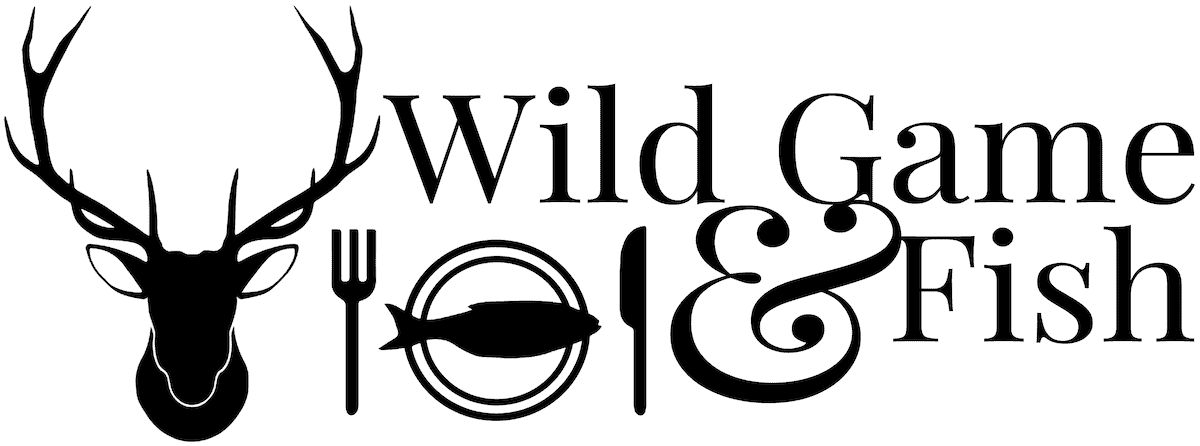
Leave a Reply